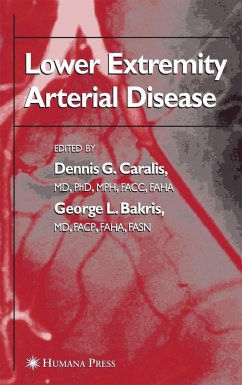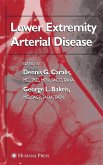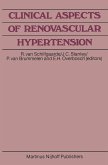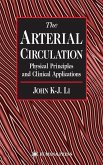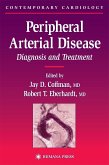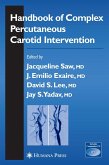Although associated with coronary heart disease and generalized arteriosclerosis in a large number of patients, lower extremity arterial disease (LEAD) is a disease process by itself that only one in four patients will survive more than 10 years. Approximately 10 million men and women in the United States suffer from LEAD. In Lower Extremity Arterial Disease, leaders in the fields of cardiovascular medicine, hypertension, vascular surgery, vascular radiology, and vascular physiology join forces to comprehensively review the state-of-the-art concerning atherosclerosis of the arteries of the legs and feet. The authors discuss in detail LEAD's primary symptom-claudication-an intermittent pain in the leg or foot while walking, its predisposing factors, the current diagnostic methodologies, the impressive advances in the therapeutic armamentarium, and the need to screen for co-existing coronary artery disease. Additional chapters describe cutting-edge noninvasive angiography and vascular flow studies, specific drug therapy for claudication, regression of atherosclerosis therapy, gene therapy, and drug-eluting stents for peripheral arterial disease. The authors also examine the epidemiology of LEAD, the effects of smoking and effective smoking cessation programs, its pathogenesis and its association with lipid abnormalities and hypertension, aggressive risk factor modification, and the need to measure the ankle-brachial index of every patient over 45.
Authoritative and up-to-date, Lower Extremity Arterial Disease offers family physicians, cardiologists, internists, radiologists, and cardiovascular surgeons a comprehensive analysis of all aspects of LEAD, ranging from diagnostic methodologies and pharmacotherapy to aggressive risk factor modification, transcatheter therapeutics, and gene therapy.
Authoritative and up-to-date, Lower Extremity Arterial Disease offers family physicians, cardiologists, internists, radiologists, and cardiovascular surgeons a comprehensive analysis of all aspects of LEAD, ranging from diagnostic methodologies and pharmacotherapy to aggressive risk factor modification, transcatheter therapeutics, and gene therapy.

